The Alentejo way of life
by on 21.07.2019
The fact that Alentejo is often overlooked by tourists is exactly why you should go.
If you crave a taste (and let me tell you, it is a feast for the tastebuds) of the real Portugal and prefer to take things a little slower when travelling, then Alentejo will not disappoint.
Located between the Algarve and the central Lisbon region, Alentejo, also known as the bread basket of Portugal, covers over 30% of Portugal and is characterised by its unique history and fortified towns, winemaking traditions, cuisine, rolling hills and intense summer heat.
The region is the world’s most important cork growing area. Known in Portugal as “sobreiro”, cork has been grown commercially in the region for the past 300 years with a thriving agricultural industry adding to a rich and uniquely varied ecosystem. It is a fertile region with a unique regional cuisine and delicacies of traditional cheeses, wines, smoked hams and sausages giving Alentejo a flavour like none other in the world.
I spent a few days in Alentejo as a guest of Wines of Alentejo in May this year. I visited the region briefly during my previous visit to Portugal and enjoyed a meal with Joao Portugal Ramos and his family. You can read about my previous trip here. It was the perfect introduction to Alentejo and I was eager to return to really get under the skin of this special part of Portugal.

A family feast
The Portuguese in general are down to earth and welcoming, but the people from Alentejo take it a step further. Seldom have I been received so warmly and felt so immediately at home.
Their passion for this land, its wines, food and traditions are infectious, leaving you with a sense of belonging. Also, a desire to really savour every day as you savour a simple yet delicious bean soup flavoured with wild fennel, garlic and olive oil, soaking up the last bits with dark chunks of bread dipped in olive oil and toasting life with glasses brimming with Vinho de Talha.
A feast for the senses
Good food and wine is part of Alentejo’s identity and I had my fair share.
Vidigueira is without a doubt one of the most fascinating wine regions in Portugal. We started our journey at Herdade do Rocim where Vania Guibarra, the dynamic winemaker, combines the ancient art of Talha winemaking with modern oenology. She is an inspiration and her love for Alentejo and winemaking is a beautiful thing to behold.
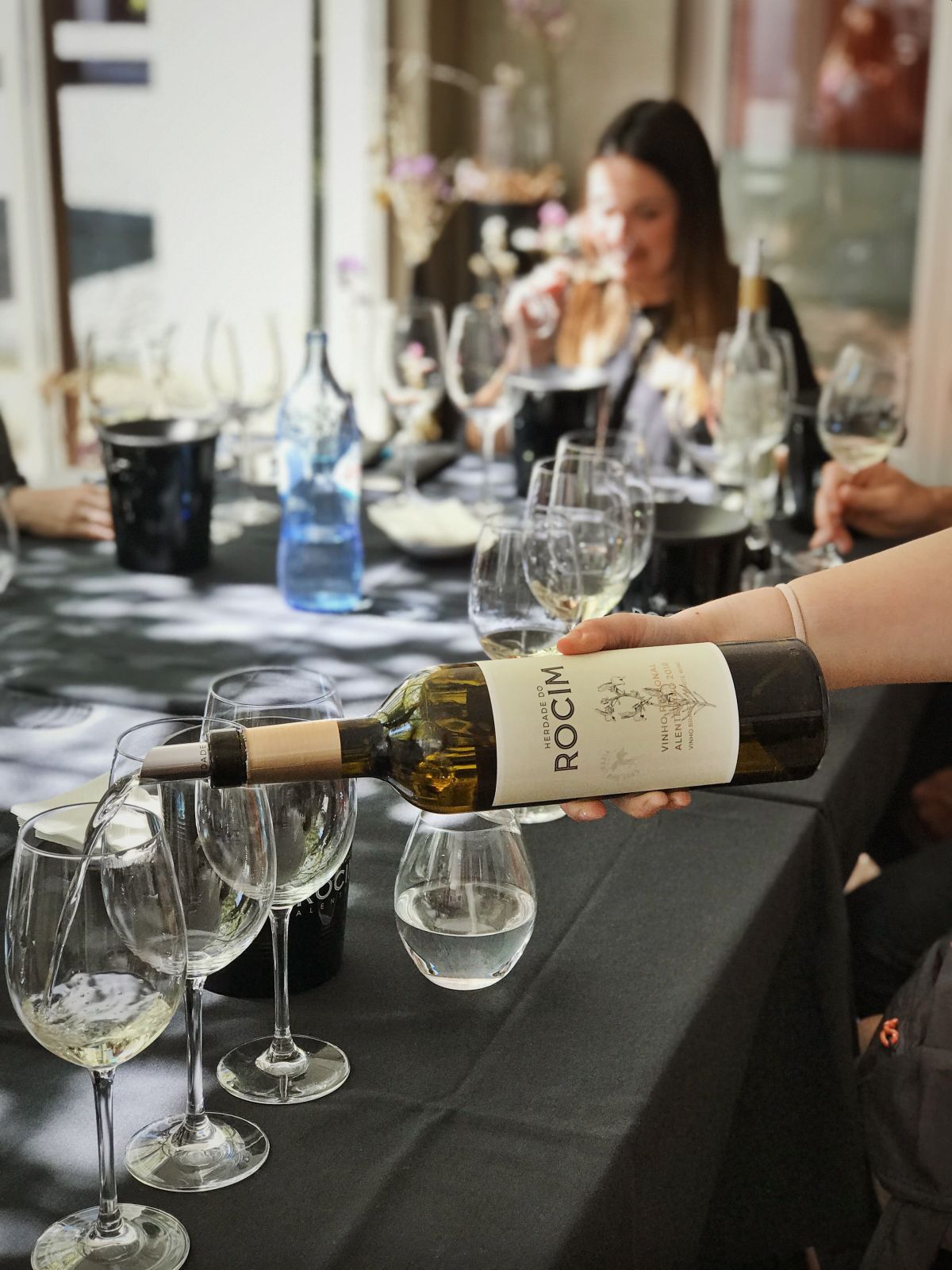
Rocim is a perfect blend between tradition and modernity
The art of Talha Wine
The Alentejo region has long been the guardian of talha wines made in the ancient Roman tradition in big amphorae or clay wine pots.
The talha winemaking process has been handed down from generation to generation and locals say wines made in the traditional talha way contains more minerality, aroma and body. The talha wines I tasted definitely pack a punch and have a unique aroma with a surprising clarity, considering the simplicity of the process that doesn’t allow for mechanical filtering. In recent years there has been a growing interest in talha winemaking with modern wineries incorporating these traditional regional methods and experimenting with the use of clay amphorae.
Wines of Alentejo explain the process describing talha wine as the epitome of the millenary wine culture of the Alentejo.
To find out more about the facinating tradition of amphora wine take a look at this video by Wines of Alentejo and read more about the art and tradition of talha wine.
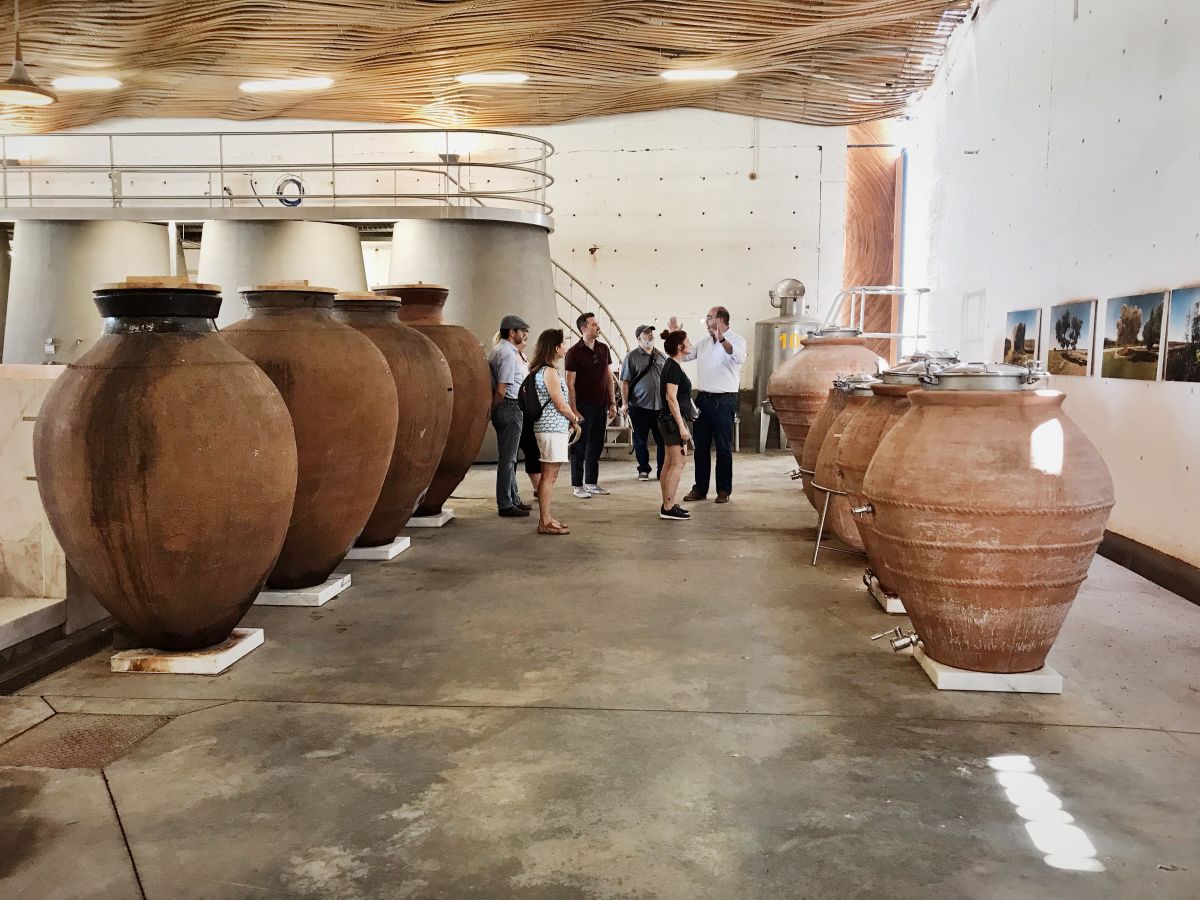
In recent years there has been a growing interest in talha winemaking with modern wineries experimenting with the use of clay amphorae
Wine Tourism
My visit to Esporão was a highlight. They are pioneers and champions in sustainability and wine tourism. They are also certainly a showcase of all that makes Alentejo so unique. Esporão’s motto is “It’s urgent to slow down”, embodying the belief that big can be sustainable and personal. The scale at which they dream and work is admirable and they execute their vision with precision and passion. I love how they describe their ethos…”we encourage non-conformity, change and creativity, seeking to do better but not necessarily more.”
The wine tourism experience is one of the best I have had in Portugal.
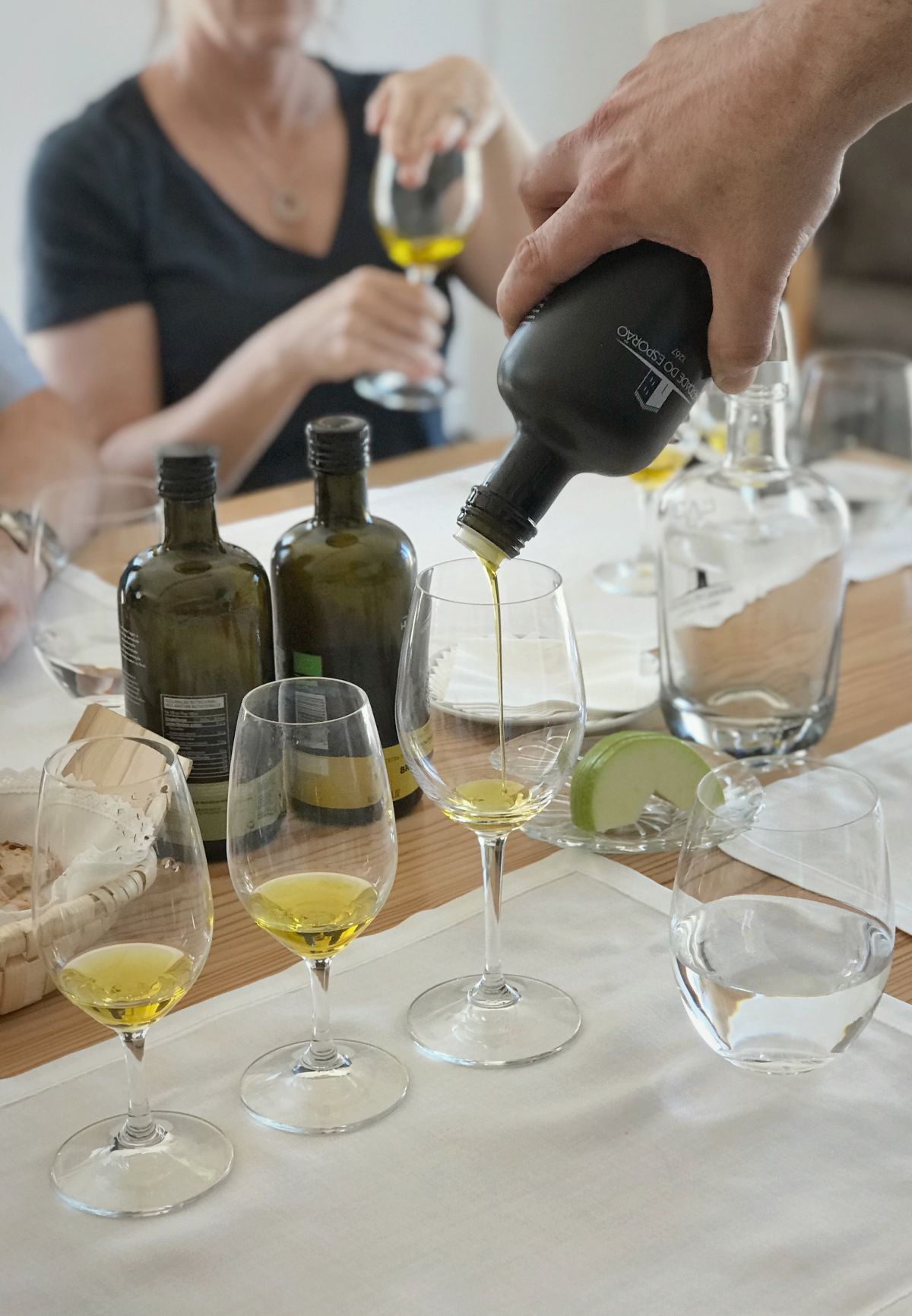
I could write poetry about Portugal's olive oil. Visitors can learn more about olive oil production on a tour of Esporão's state of the art olive mill
Visitors can explore the vineyards, kitchen gardens, olive mill and travel back in time through the Perdigões Archaelogical Complex. A variety of tours and tastings are available or guests can just relax in the beautifully designed visitor centre, enjoying fine dining or a good coffee and stocking up on wine, olive oil and locally produced craft. Bicycles are available for the more active visitors who want to explore the farm and vineyards with the option to enjoy a picnic and the Alentejo “Petiscos” (snacks) prepared by the chef.
I hope to return for the annual Dia Grande, which has become a not-to-be-missed event bringing together locals and travellers from near and far to break bread and feast under the wide open Alentejo sky.
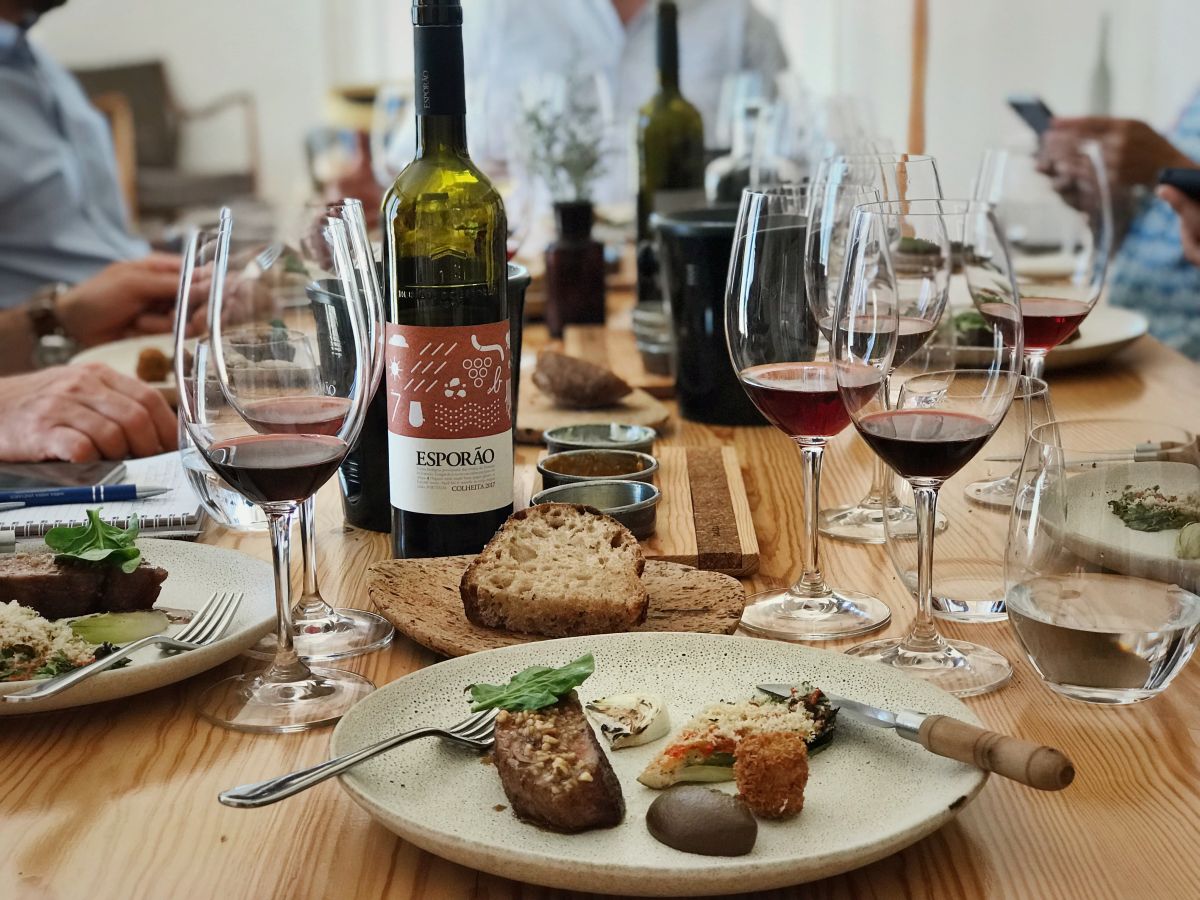
Esporão's in-house restaurant is a showcase of the estate's commitment to sustainability and care of the land
Spending more time in Alentejo allowed for some rare gems to be uncovered like FITA PRETA, one of the most beautiful and innovative wineries I have visited.
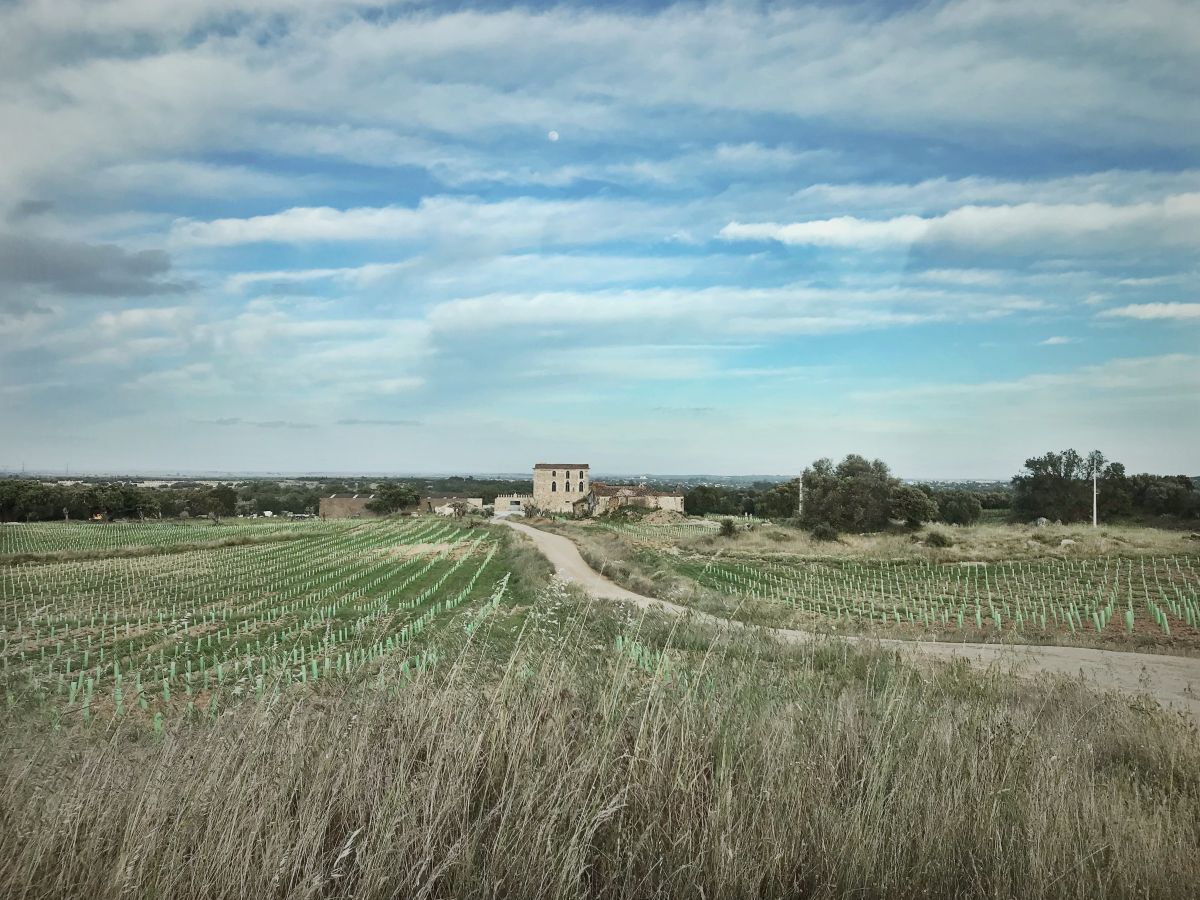
FITA PRETA - one of the most beautiful and innovative wineries I have visited
António Maçanita is known to break rules in his quest for true authenticity and makes a formidable team with his wife Alexandra. Son of Azorean father and his Alentejo born mother, António was born in Lisbon.
He joined forces with the late David Booth at the age of 24 when FITA PRETA was born, determined to create a legacy that celebrates the best of Portugal, blending tradition with a bold new approach to winemaking and wine tourism.
At FITA PRETA, the team’s main goals are the continuous search for authenticity, the recovery of old techniques, to value what is made in Portugal, to contribute to the regions where their ancestors came from, to contribute to the future and never stop questioning the status quo.
I love that philosophy, so clearly displayed during the tasting of their outstanding wines and over a shared feast of braised black pork cheeks served with potatoes and salad. Simple, but incredibly delicious.
The meat from this porto preto breed of pig is called black pork also known as Raca Alentejana, a breed found only in the Alentejo region. During the fattening phase, these pigs, which have never been crossbred roam freely, eating the acorns of holm oaks and the seeds of cork oaks that are native to the area. The acorns they eat lend a somewhat nutty flavour and a fat content that is a bit healthier than that of other pork.
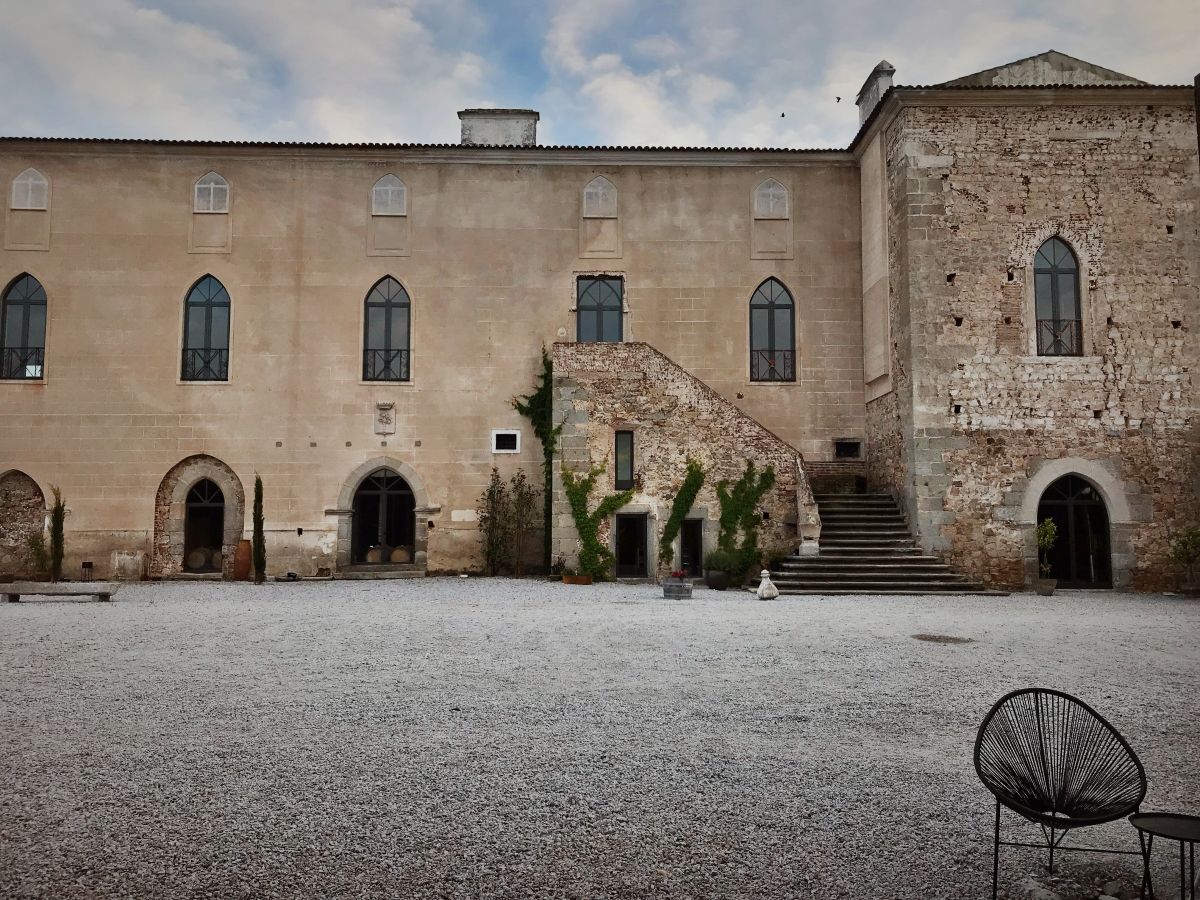
A celebration of history and the future
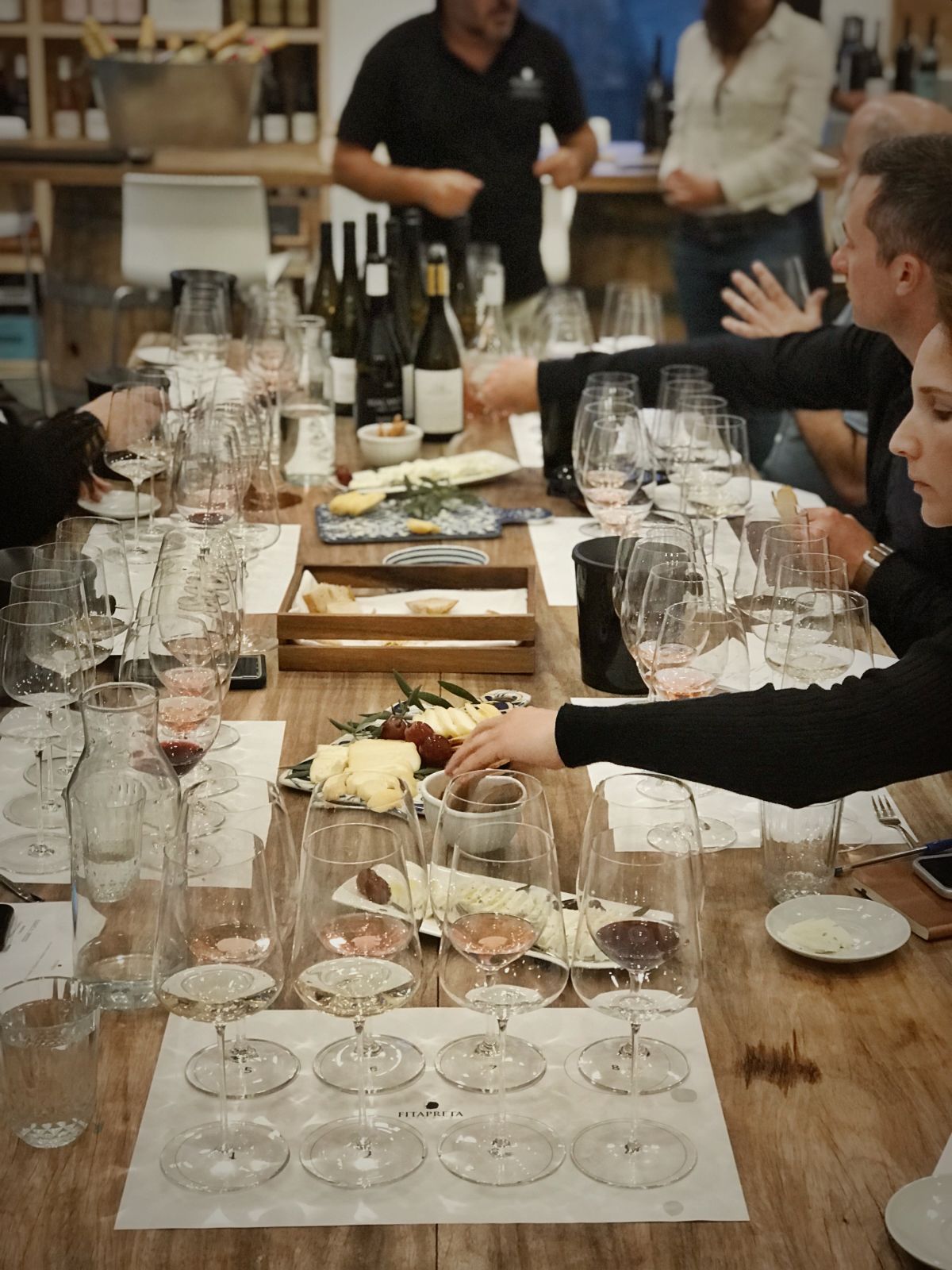
A quest for authenticity
The wine
One of the things I learned during my first visit to Portugal was that the Portuguese make some of the world’s finest white wines. Alentejo’s whites are particularly good. It was a special treat to learn more about the unique Portuguese wine varieties - of which there are at least 250 - over dinner with the legendary Paulo Laureano, who brought the ancient and seamingly forgotten Tinta Grossa grape variety back into circulation.
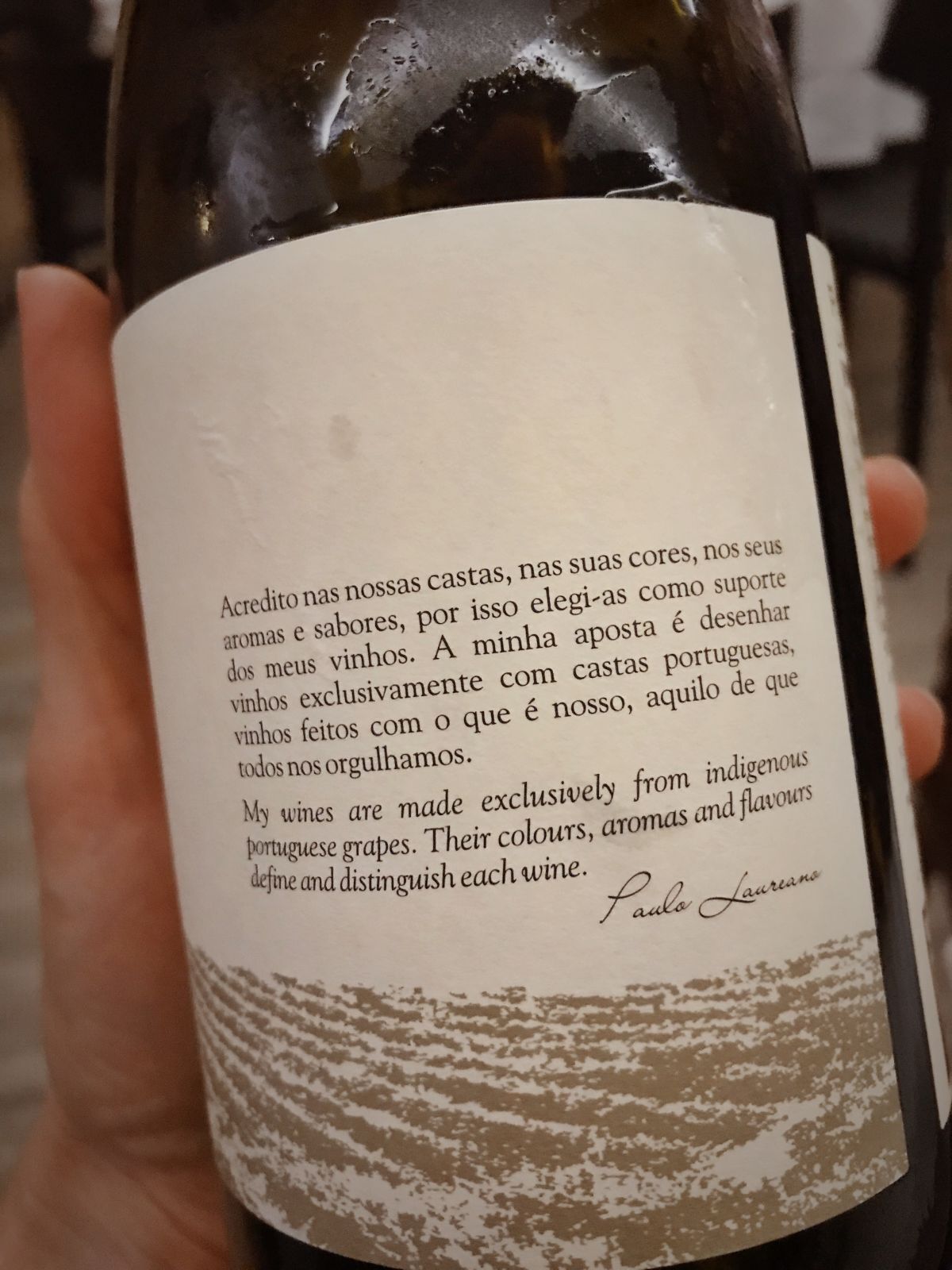
What a privilege to learn about Portuguese varieties from the passionate Paulo Laureano
Another winery worth visiting is Cortes de Cima, a family owned and run vineyard and winery nestled against the slopes of the Serra do Mendro hillrange of the lower Alentejo characterised by warm, dry summers tempered by cool Atlantic breezes.
Theirs is a mesmerising story that begins something like this. In 1988, a Danish-American couple set out in a sailboat to find a place to start a family and plant a vineyard. Fate brought them to Alentejo, and in the land of white varieties, they planted red.
It was fascinating to learn about different producers’ unique methods using the Talha clay pots.

I love the story of Cortes de Cima...it all started with a family's sailboat journey in search of a new land
Not to miss
Travel back in time at Monsaraz
Don’t miss Monsaraz, a tiny medieval village with a population of less than 800. It seems suspended in time with its lime washed buildings, crooked cobbled-stone walkways and castle that reaches into the sky. It looks over the river Guadiana and the Spanish border with splendid views of the Alqueva Dam, the largest man-made lake in Europe and one of the greatest Portuguese constructions of the century.
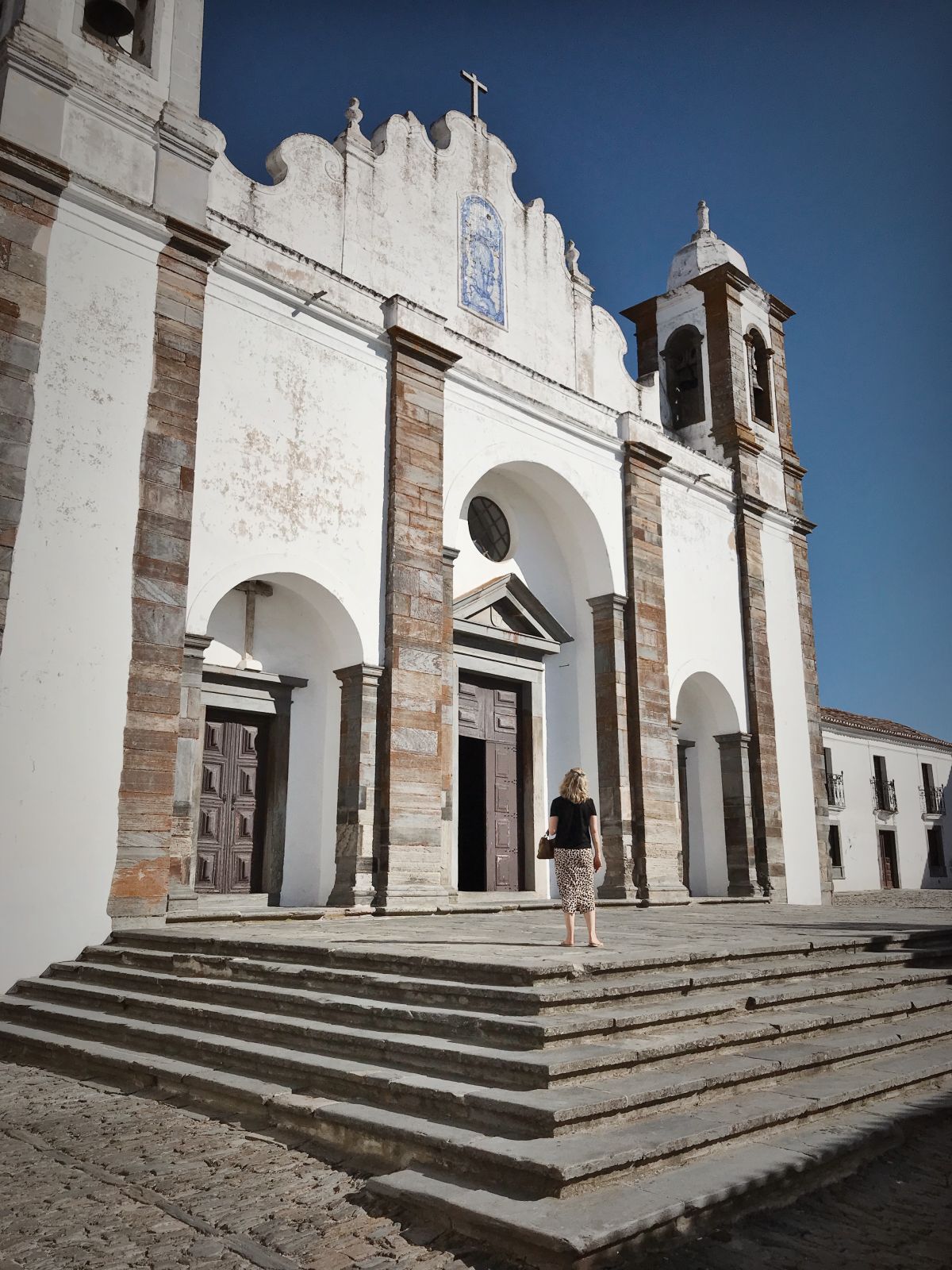
Travelling back in time at Monsaraz
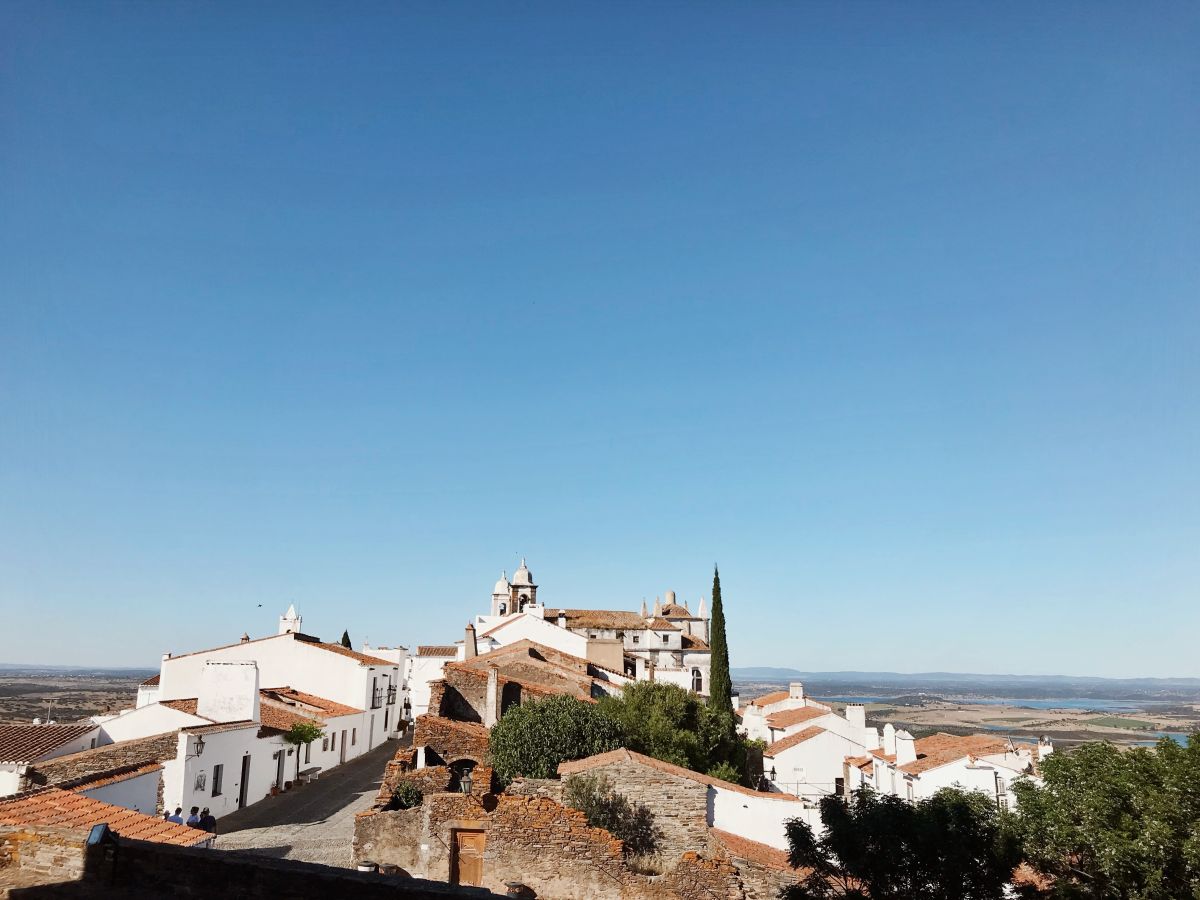
The medieval town looks over the river Guadiana and the Spanish border with splendid views of the Alqueva Dam
A walking tour of Evora
There is something magical about this walled town, declared a World Heritage Site in 1986, safeguarding the remains of Roman times, medieval buildings, palaces, convents and stories of the golden era of Portugal.
The unqiue architecture and pristine white of the houses decorated with splashes of my favourite shade of yellow is as memorable as the friendliness of the locals who seem to relish meeting visitors from afar who made the journey into the heart of their beloved Portugal.
The centre of Evora is not very big, so a slow walk through the old town is a great way to get up close and personal with this historic town.
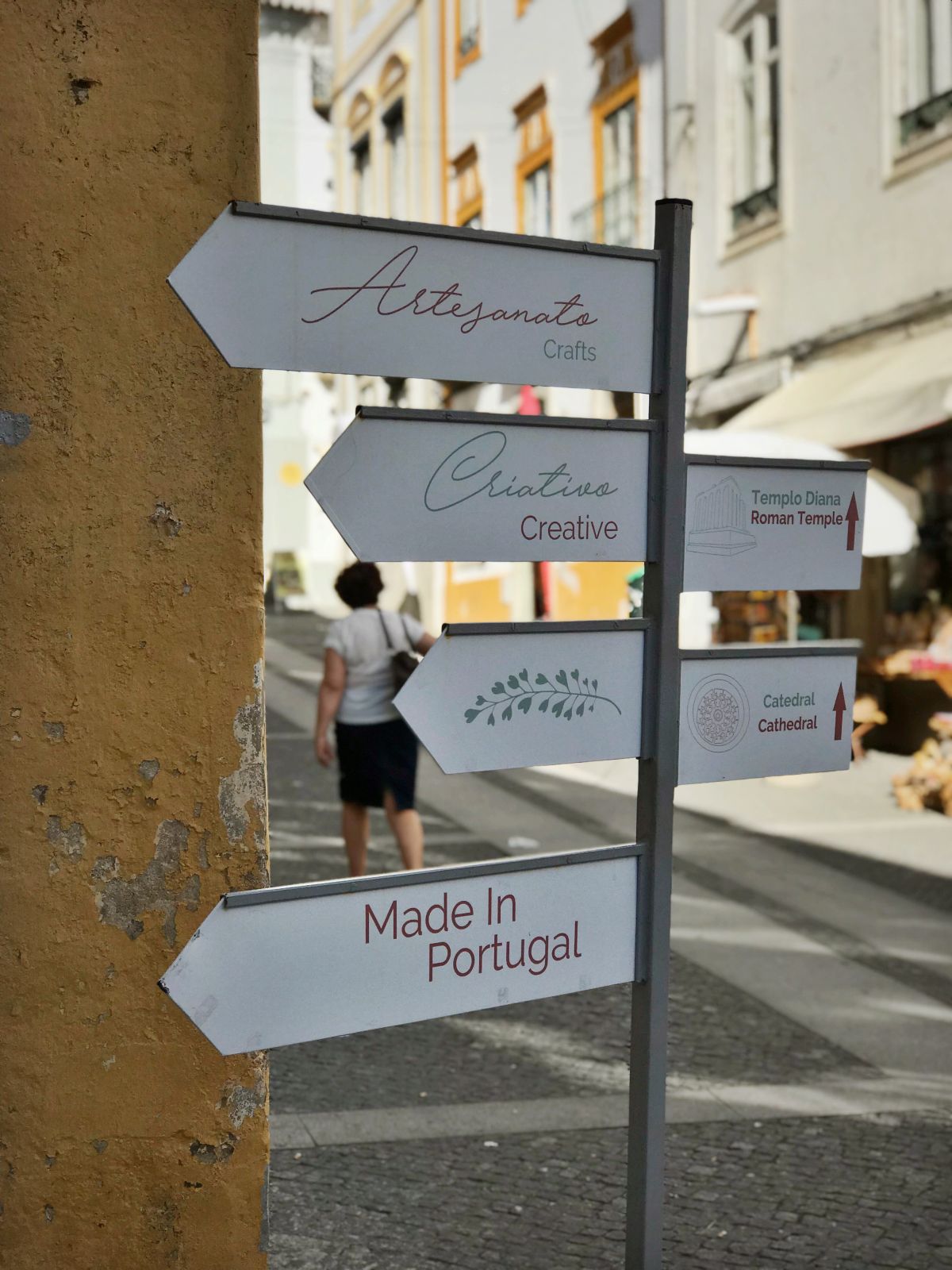
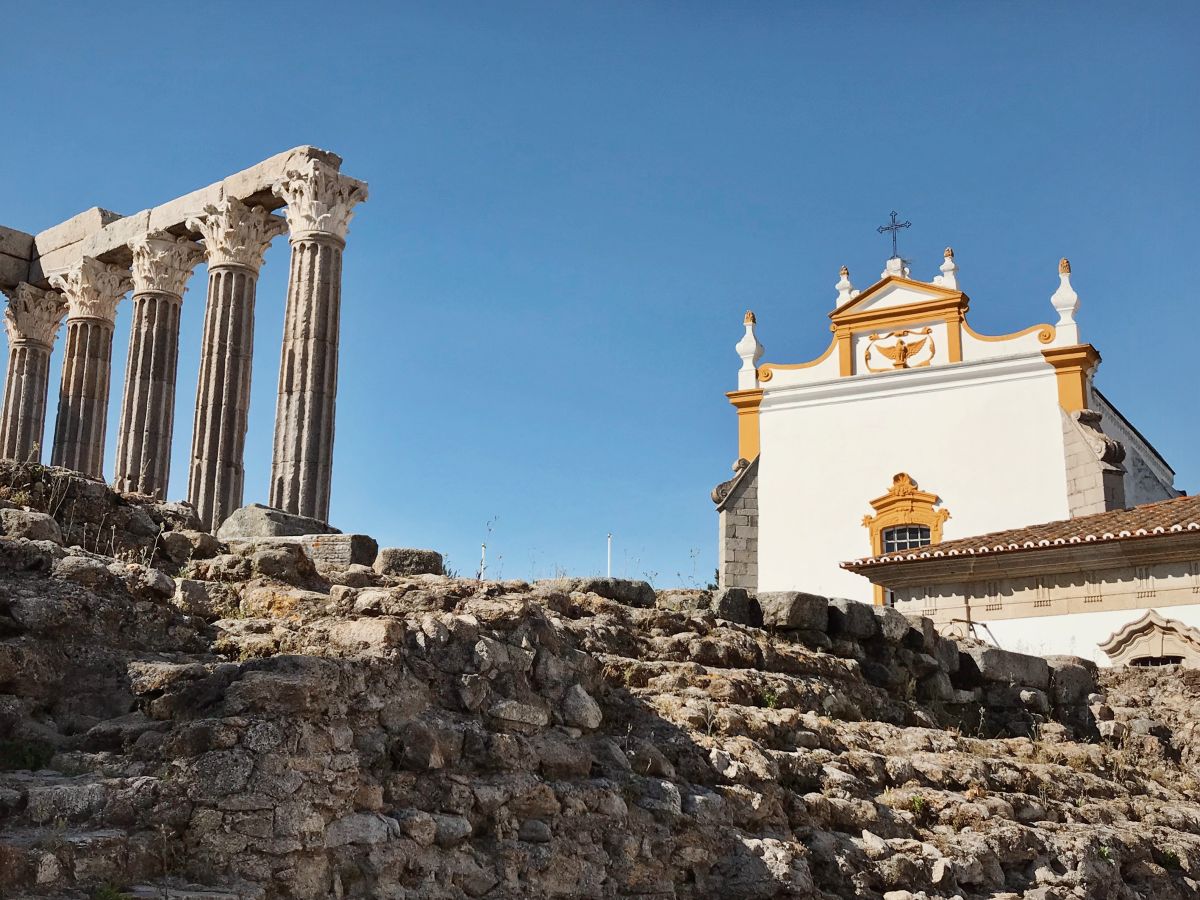
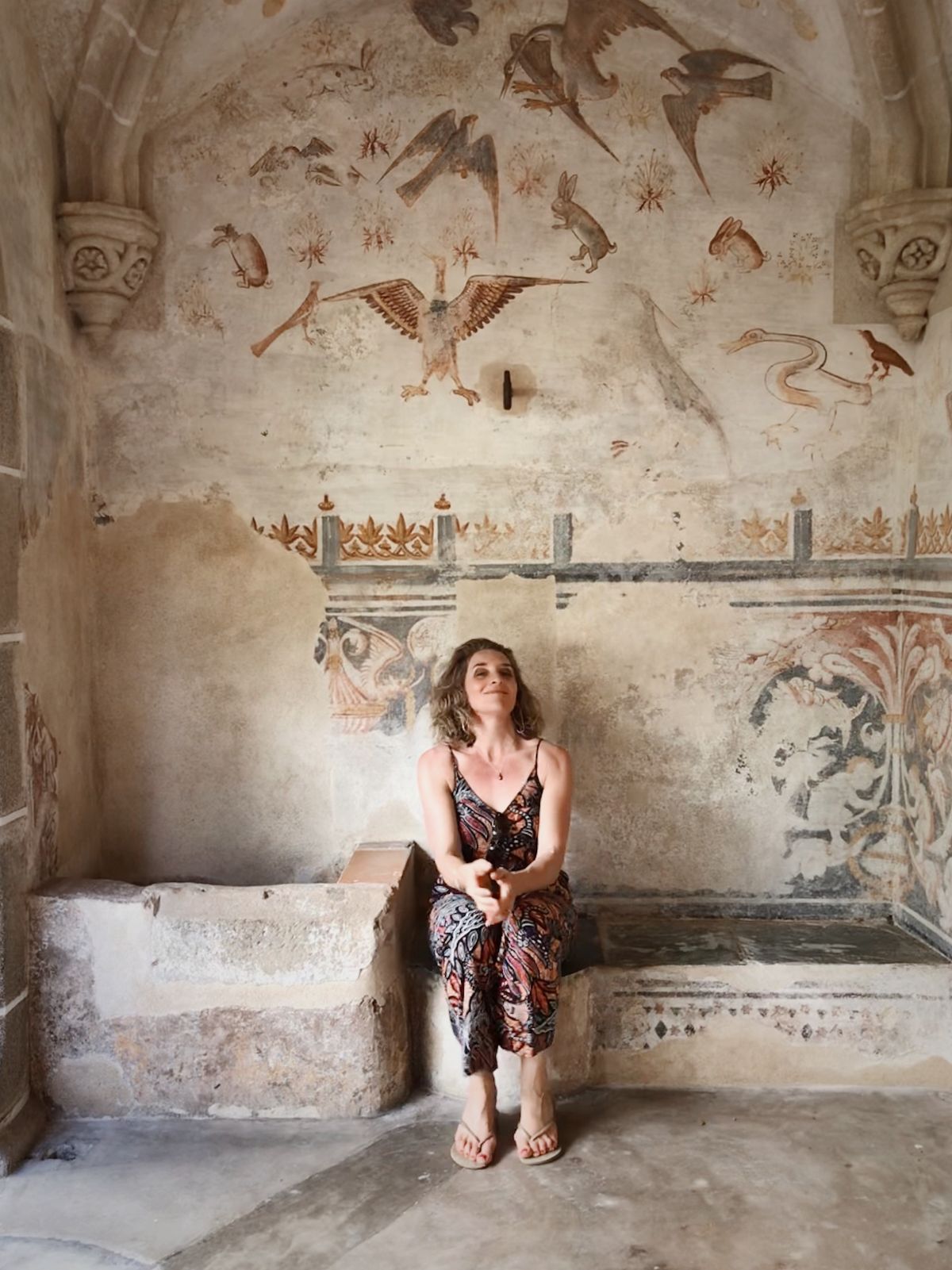
A meal at País das Uvas
My favourite places to eat are always the rustic local restaurants tucked away in side streets of small towns, far from the crowds.
I had the best bean soup of my life at País das Uvas. It is simple the family said. It is just beans, wild fennel and olive oil, a recipe passed on from one generation to the next. It takes time and a special touch to create something so sublime from something so simple as beans. But that is the Alentejo way of life…a life dedicated to the slow, simple pleasures of life shared with loved ones and strangers over a bottle of Talha wine.
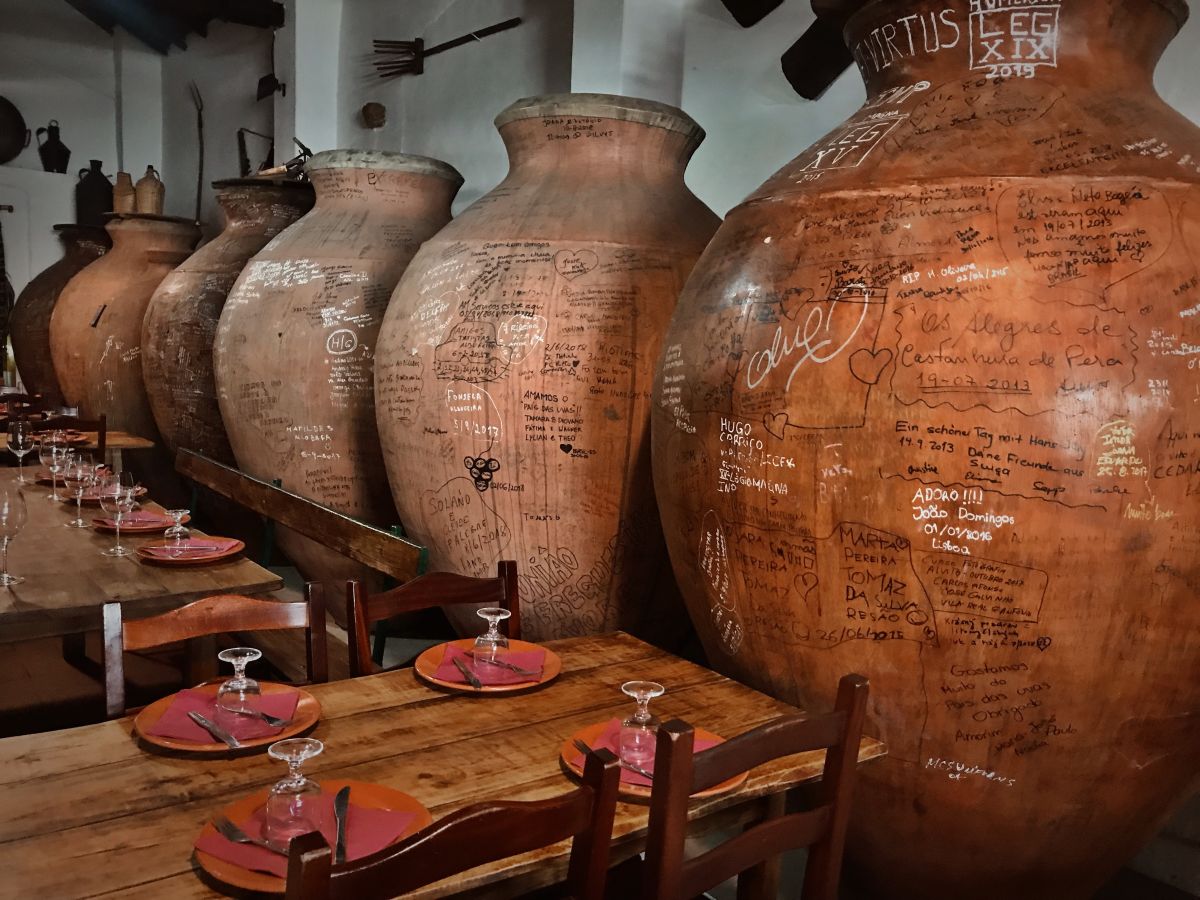
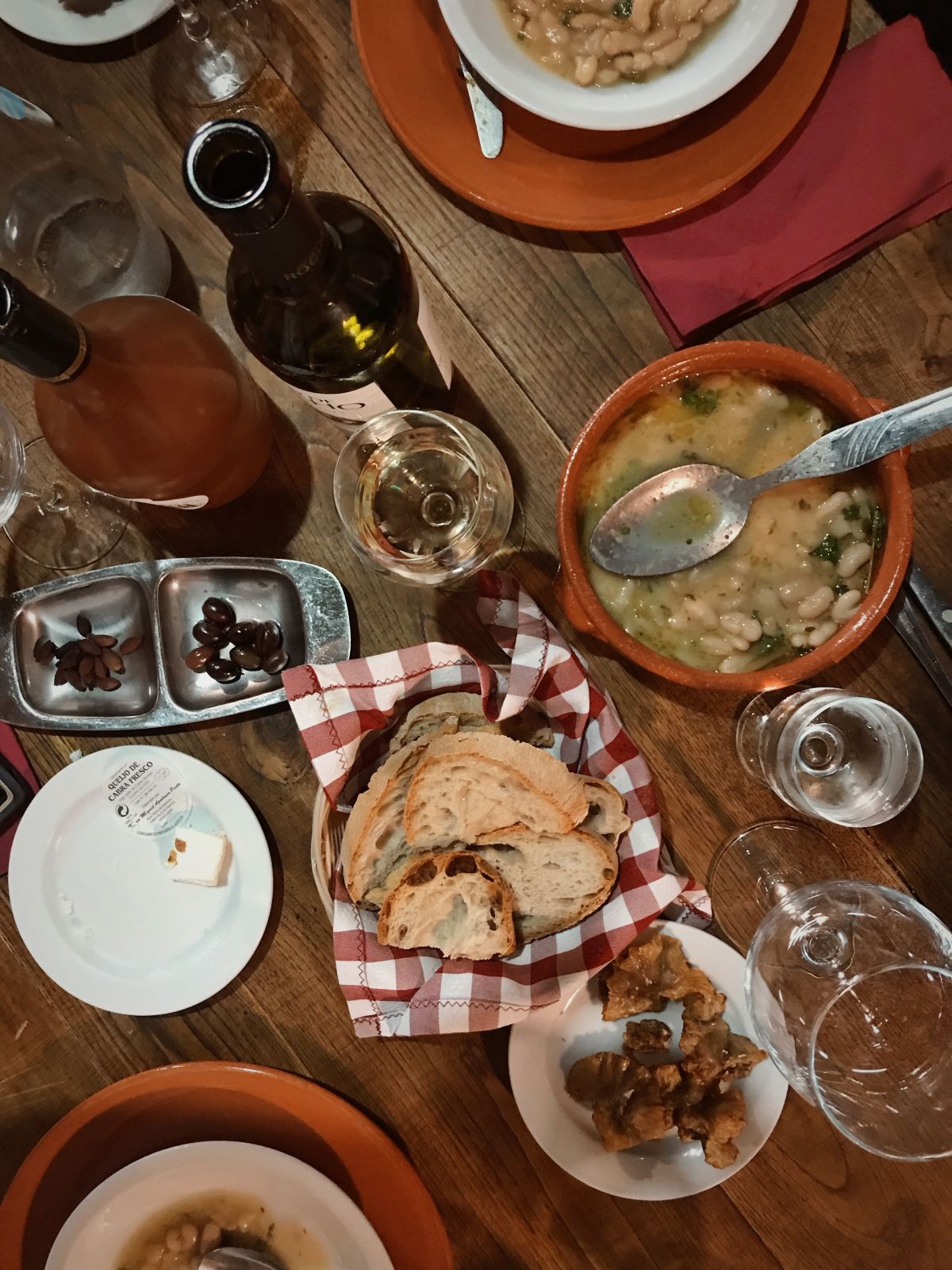
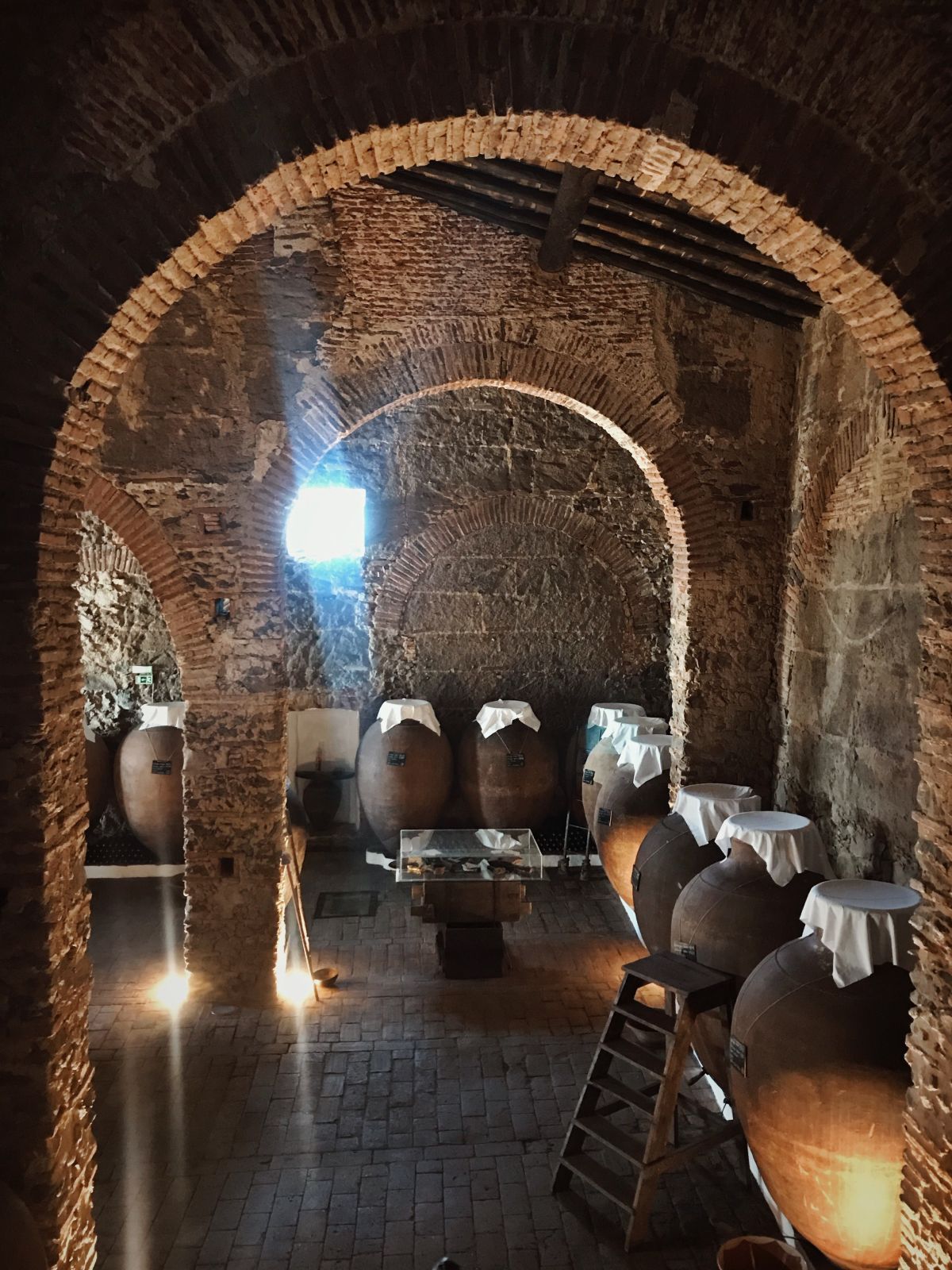
The family discovered an ancient underground wine cellar in the warehouse next to the restaurant. They now produce their own talha wine in this historic cellar.
I stayed at M’AR De AR Muralhas Hotel as a guest of Wines of Alentejo. The hotel is located at the entrance to the old town of Evora, making it the perfect location from where to explore the historic cobbled streets and watch the town’s elders gather in the square to sit in quiet contentment in the gentle warmth of the setting sun.
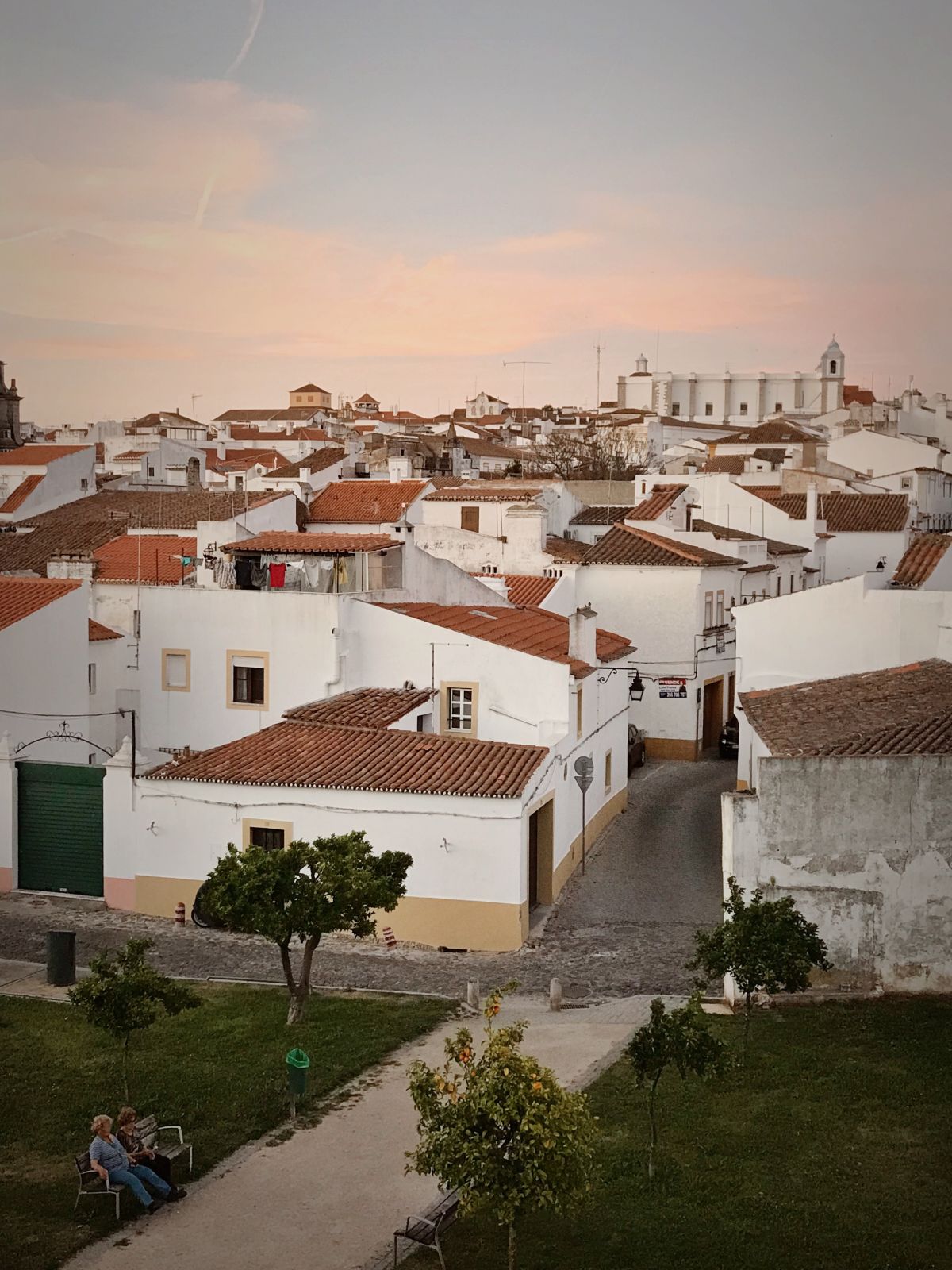
Evening in Évora
Visit www.visitalentejo.pt and www.visitevora.net for more things to do in the area and www.vinhosdoalentejo.pt to learn more about the wines of Alentejo.